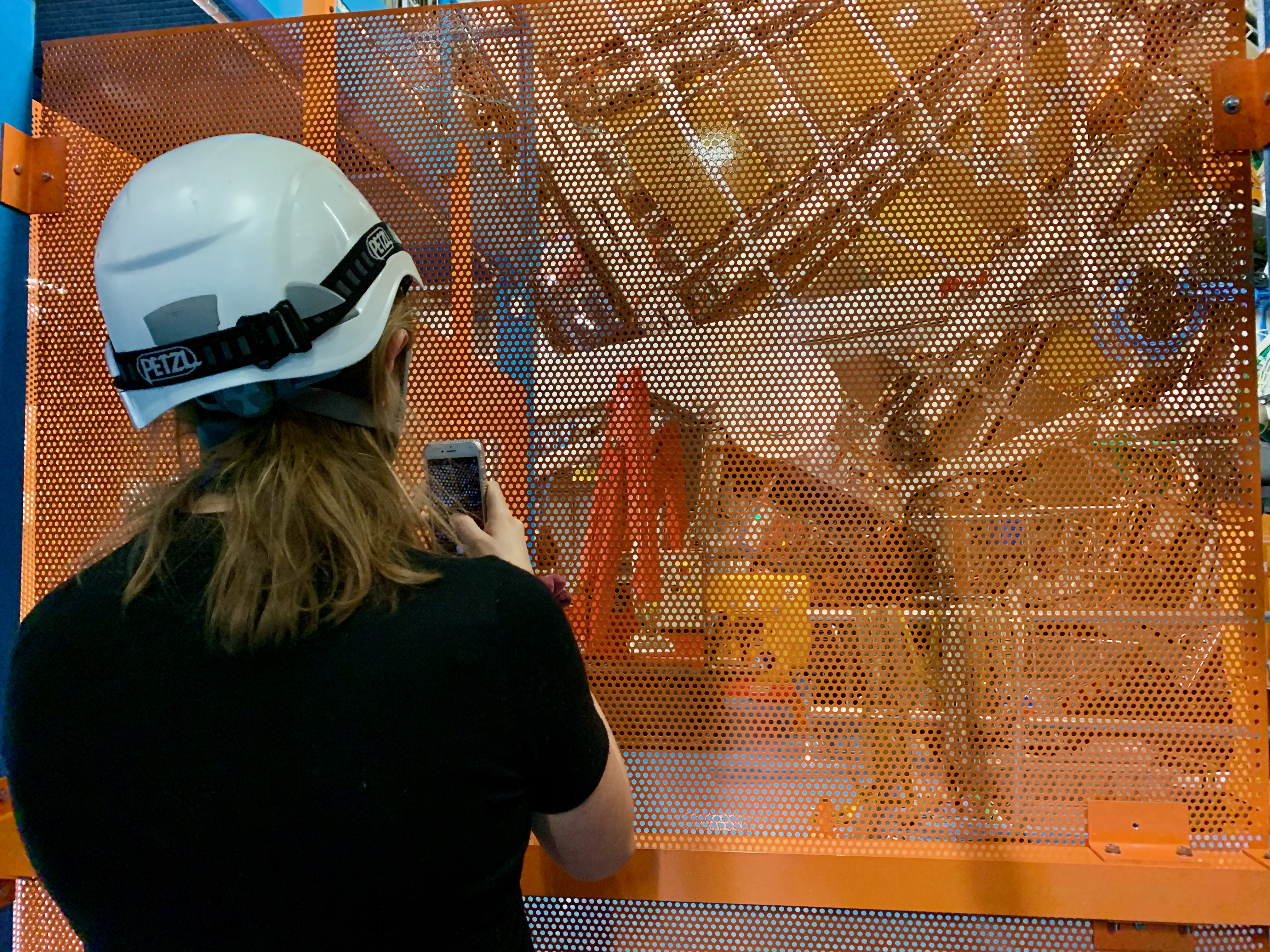The ATLAS Detector safety system
15 December 2006 | By

The ATLAS Detector safety system (DSS) has the mandate to put the detector in a safe state in case an abnormal situation arises which could be potentially dangerous for the detector. It covers the CERN alarm severity levels 1 and 2, which address serious risks for the equipment. The highest level 3, which also includes danger for persons, is the responsibility of the CERN-wide system CSAM, which always triggers an intervention by the CERN fire brigade. DSS works independently from and hence complements the Detector Control System, which is the tool to operate the experiment. The DSS was the first electronics installed in the ATLAS counting rooms. It has been operational since January 2006 and has proved to work very reliably. By now several hundred channels are used, the biggest part so far protecting the electronics racks and detector-mounted electronics.
Dedicated sensors detect safety hazards are connected to the DSS I/O racks, which are located in each ATLAS counting room. Information from any of these sensors, which are distributed over all of ATLAS, can be combined into alarms which in turn can trigger actions on the detector to bring it in a safe state. This can be accompanied by informing people by SMS or e-mail, but no manual action is required. When the problem has been understood and solved, the operator can re-arm DSS and only then the equipment can be switched on again. The picture below shows the main status display.
The bulk part of the sensors watches the general environment such as availability of cooling, presence of smoke or flammable gas in the air, etc. At present review is held with each system to define its usage of DSS, including its needs for information about problems of the general infrastructure.
The DSS was the first electronics installed in the ATLAS counting rooms. It has been operational since January 2006 and has proved to work very reliably. By now several hundred channels are used, the biggest part so far protecting the electronics racks and detector-mounted electronics. Typical examples of actions are to run down high voltage and low voltage systems in case of cooling failure or a fast ramp down of the magnets. In summary DSS is now fully commissioned and has proved to work very reliably: actions were always executed as configured.



